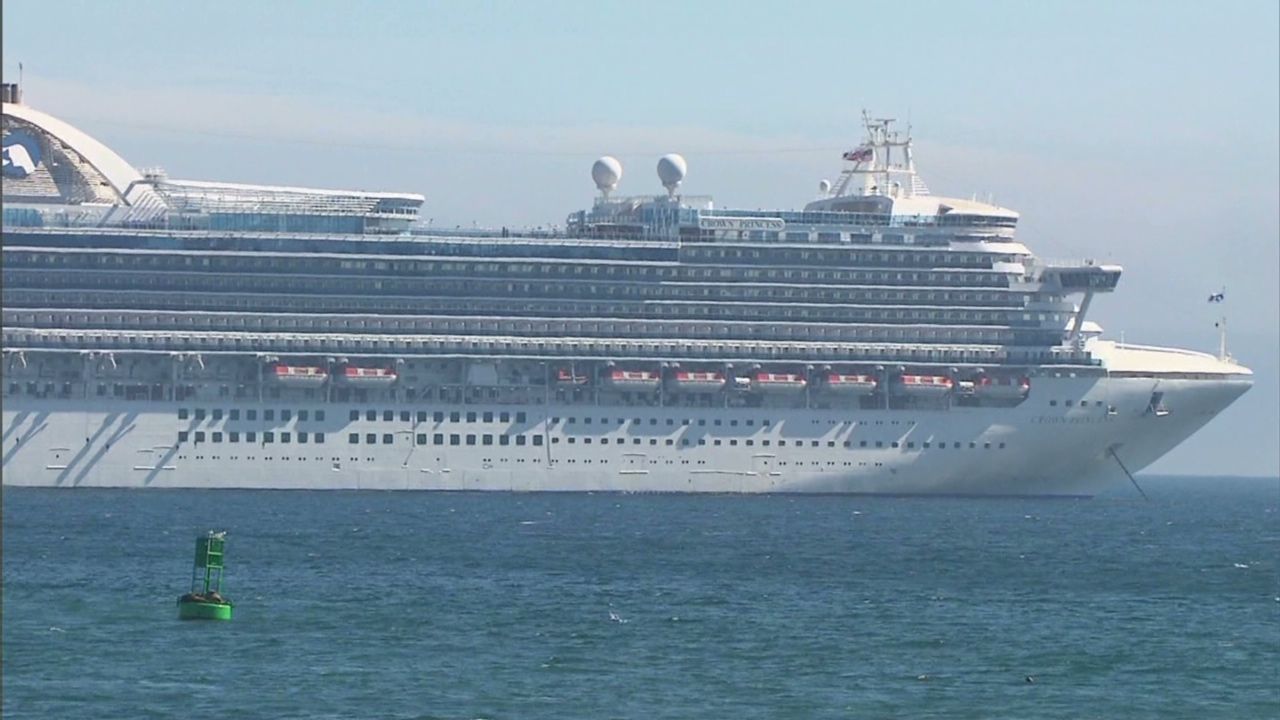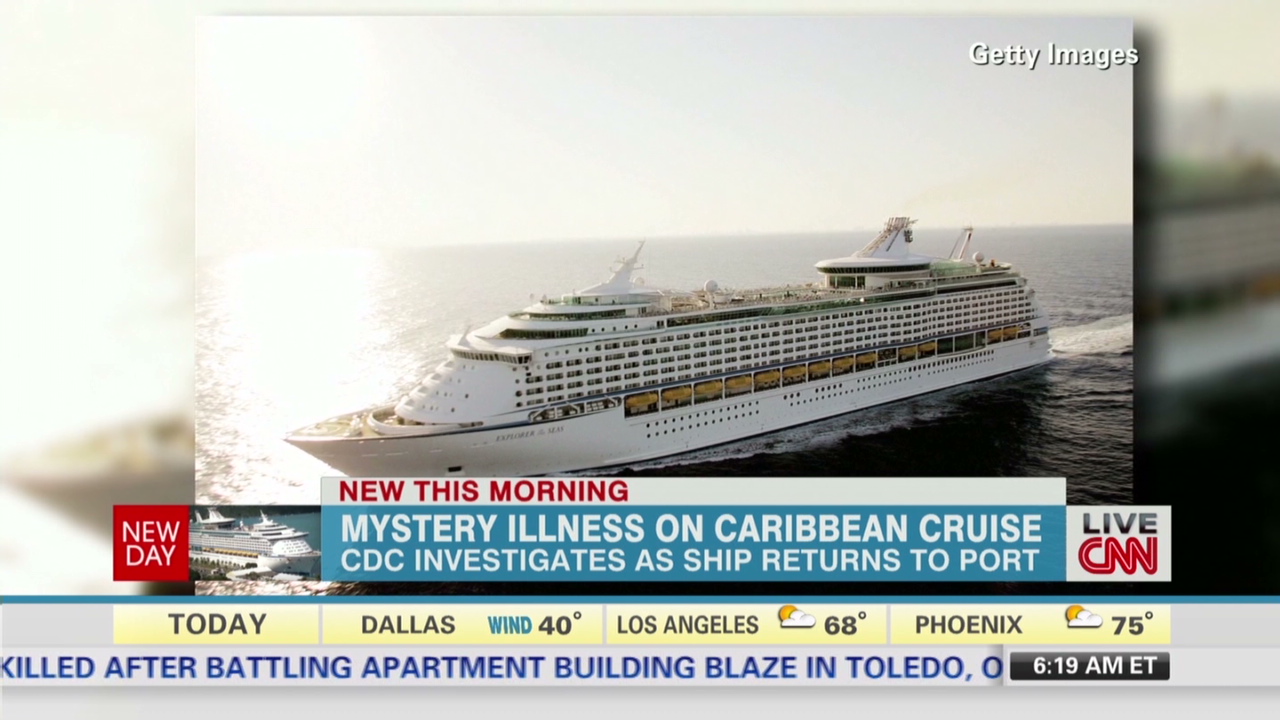How Does Norovirus Spread On Cruise Ships

Norovirus is spread from person to person through food or water that is contaminated with the virus as well as touching contaminated surfaces.
How does norovirus spread on cruise ships. Norovirus is in no way inherently. Outbreaks of gastroenteritis on land and on cruise ships attributed to either norovirus or sapovirusUnited States 2002. Cruise ships host several thousand people for days and weeks on end all sharing facilities eating at the same venues touching surfaces and associating closely with each other.
It spreads in locations where people are congregated into enclosed spaces nursing homes hospitals daycares and schools hotels dormitoriesand yes cruise ships. Eight doctors participated in a study of norovirus and determined that norovirus can be transmitted in an airborne form. Norovirus is acute gastroenteritis which generates symptoms such as vomiting diarrhea and stomach pain.
What causes norovirus on cruise ships. The constant influx of new passengers adds to the equation with potential for a norovirus outbreak a possibility if even one person is infected. A gastroenteritis outbreak affecting at least 217 41 of 527 passengers on a cruise ship was caused by a variant strain of Norwalk virus NV that is related to but distinct from the prototype.
THATS why you hear about. Menu icon A vertical stack. This leads you to have stomach pain nausea and diarrhea and to throw up.
Norovirus can be spread through food or water that has been contaminated with the virus and could therefore potentially be spread very quickly throughout a cruise ship if the food or water supply were to become contaminated. How Does Norovirus Spread On Cruise Ships. Ive been on 46 cruises so far but the only two times Ive caught norovirus both were on land once at Sea World San Antonio and once at Mandalay Bay hotel in Las Vegas.
Outbreaks of Acute Gastroenteritis on Cruise Ships and on Land. Norovirus patients typically vomit and have diarrhoea. The most frequently reported cruise ship outbreaks involve respiratory infections GI infections such as norovirus and vaccine-preventable diseases other than influenza such as varicella chickenpox.



















